Appliances
The latest Appliances breaking news, comment, reviews and features from the experts at T3
Explore Appliances
-

Le Creuset gives its iconic volcanic colourway a glittery upgrade
Le Creuset celebrates 100 years and pays tribute to its favourite colour
By Bethan Girdler-Maslen Published
-
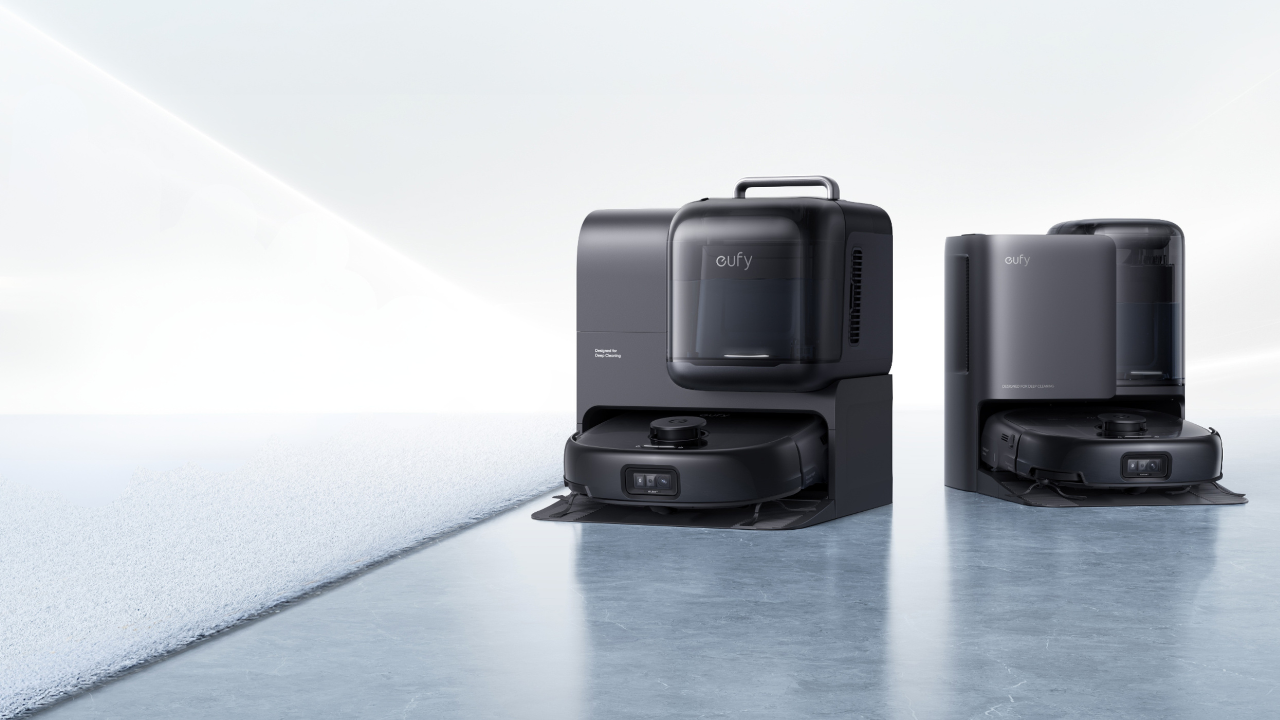
Eufy’s latest robot vacuum doubles as a portable deep cleaner for spot cleaning
A global first in home cleaning tech
By Lizzie Wilmot Published
-
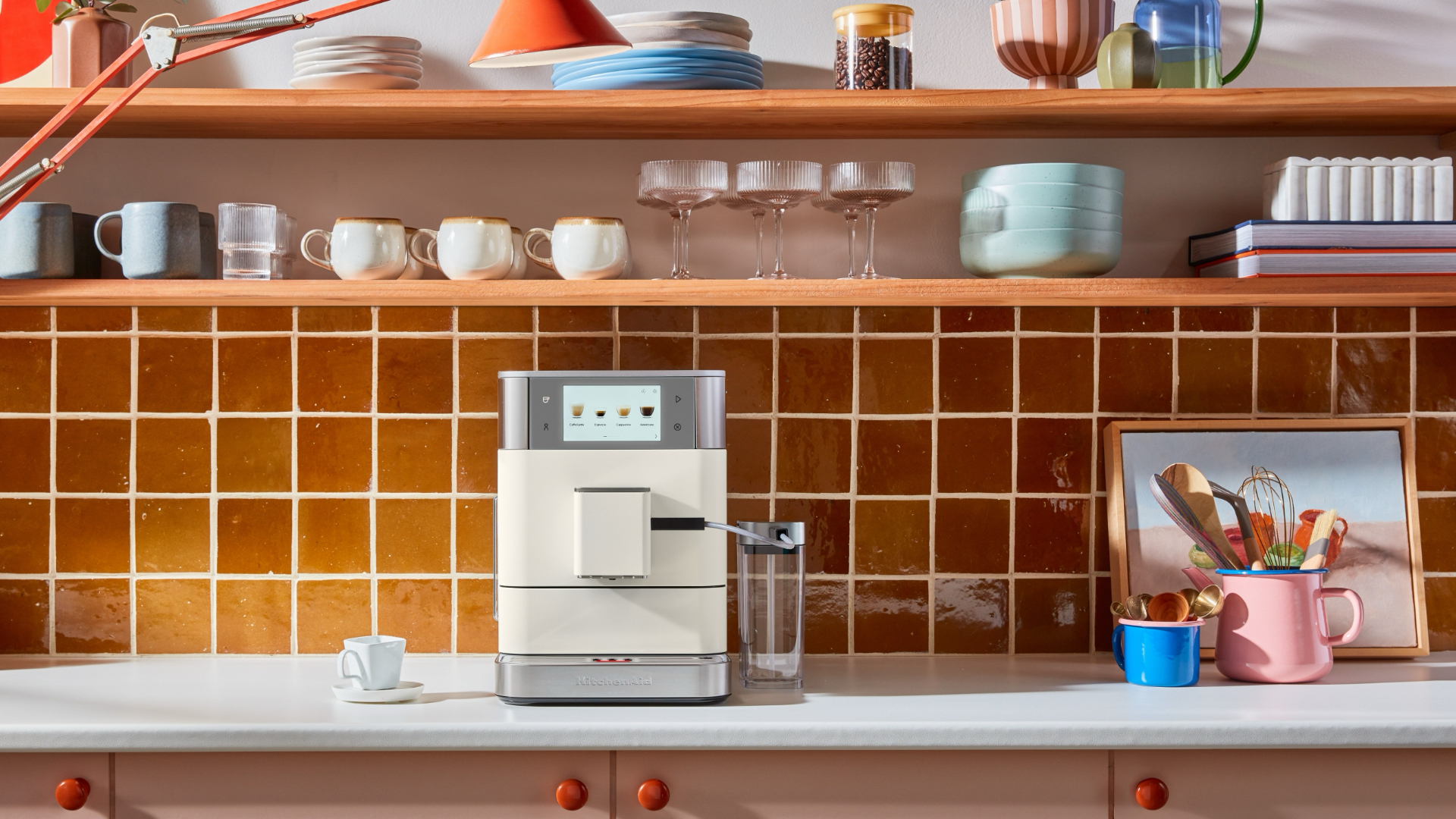
Best bean-to-cup coffee machine 2025: top picks for coffee lovers
Find the best bean-to-cup coffee machines that incorporate a grinder, espresso maker and milk frother in one handy box
By Bethan Girdler-Maslen Last updated
-
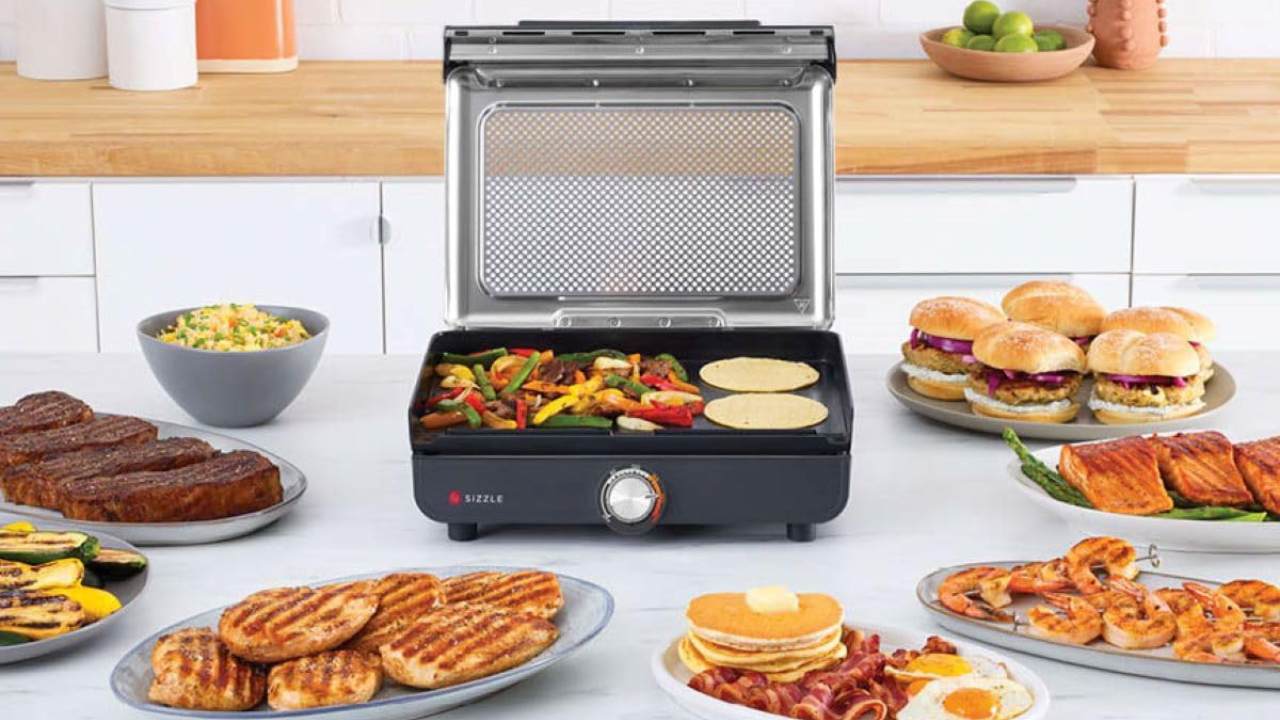
Ninja’s new indoor grill can cook 10 burgers at a time – but you might not get it
Ninja supersizes its Sizzle Pro indoor grill
By Bethan Girdler-Maslen Published
-
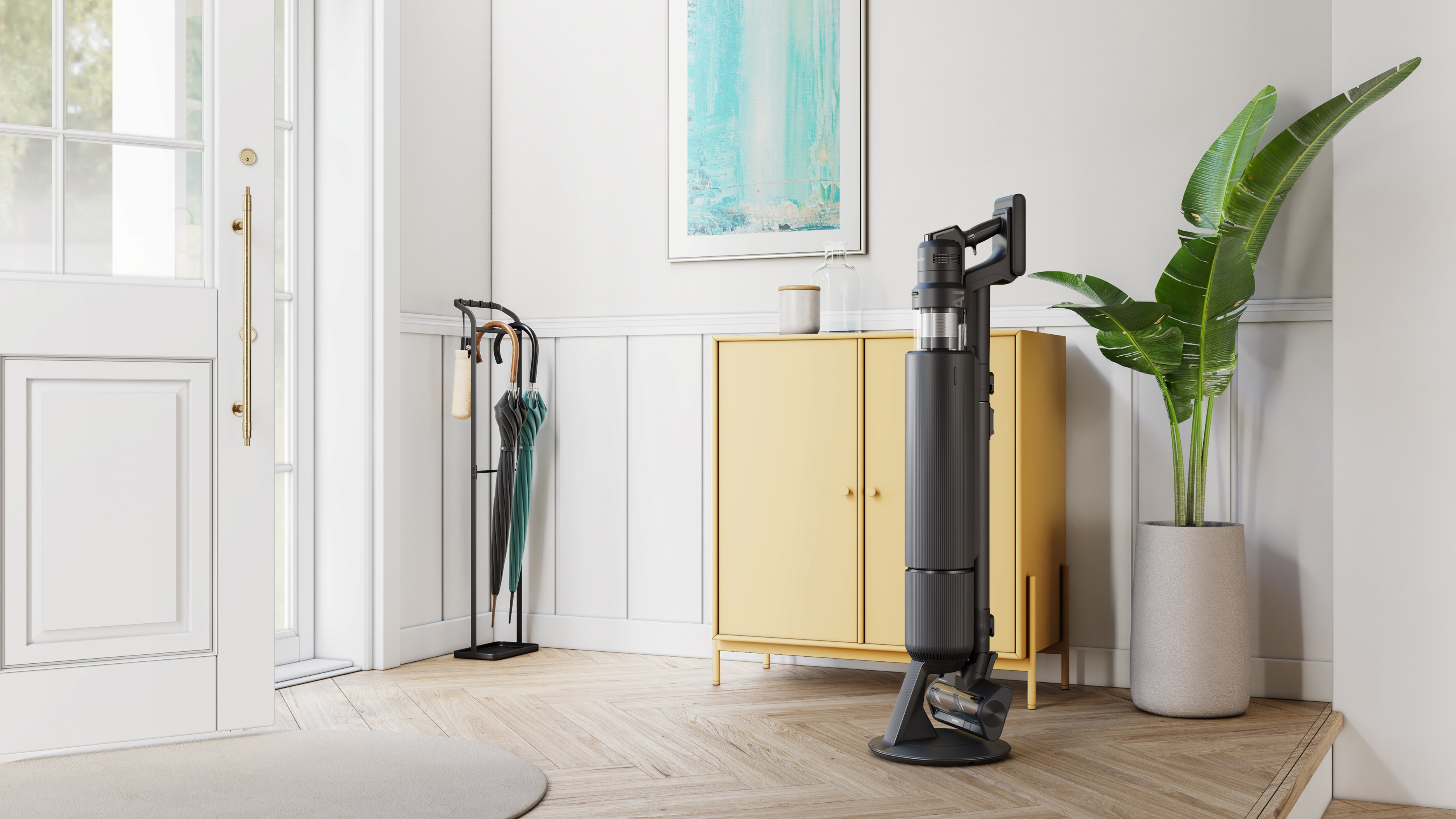
5 reasons you should be excited about the brand new Samsung Bespoke AI Jet Ultra
Not sure if it’s obvious... but I can't wait to try it
By Lizzie Wilmot Published
-
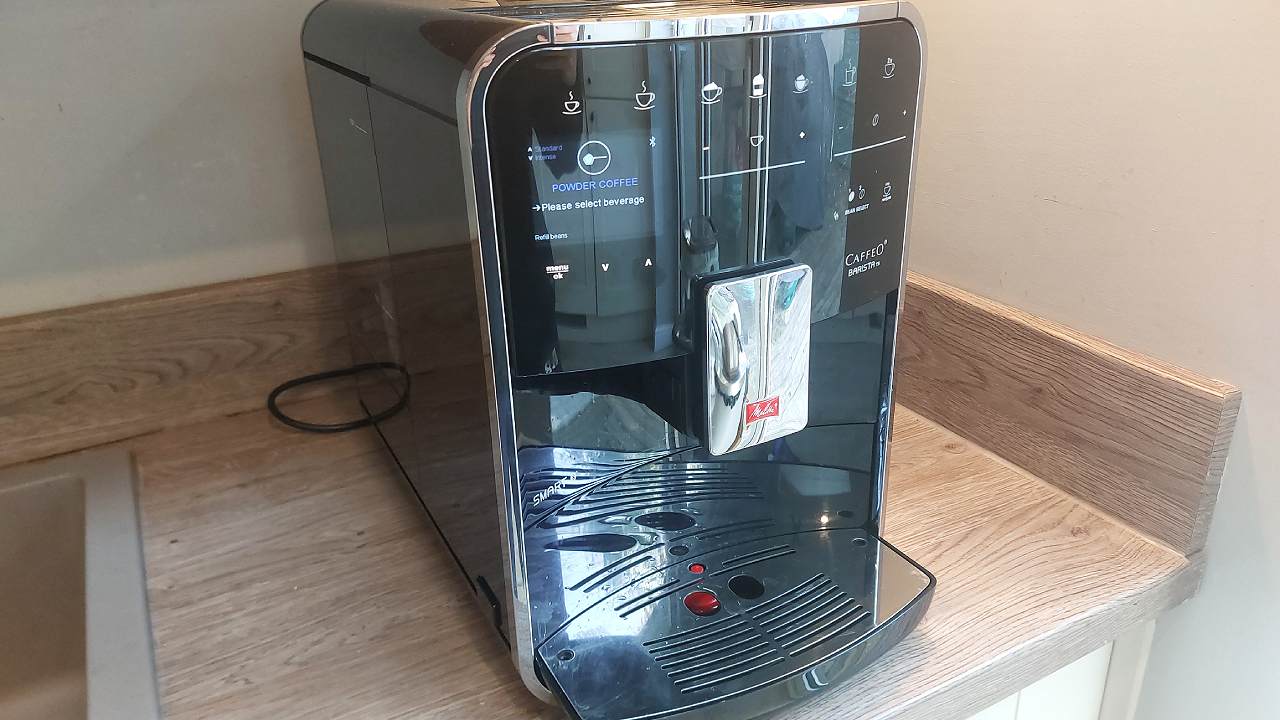
Melitta Barista TS Smart review: an intermediate-level bean-to-cup maker with a stunning touchscreen
I tried the Melitta Barista TS Smart, and was impressed by just how much it does for you
By Bethan Girdler-Maslen Published
-

Smeg adds a touch of navy sophistication to its iconic breakfast set
It's a minimalist's dream
By Lizzie Wilmot Published
-
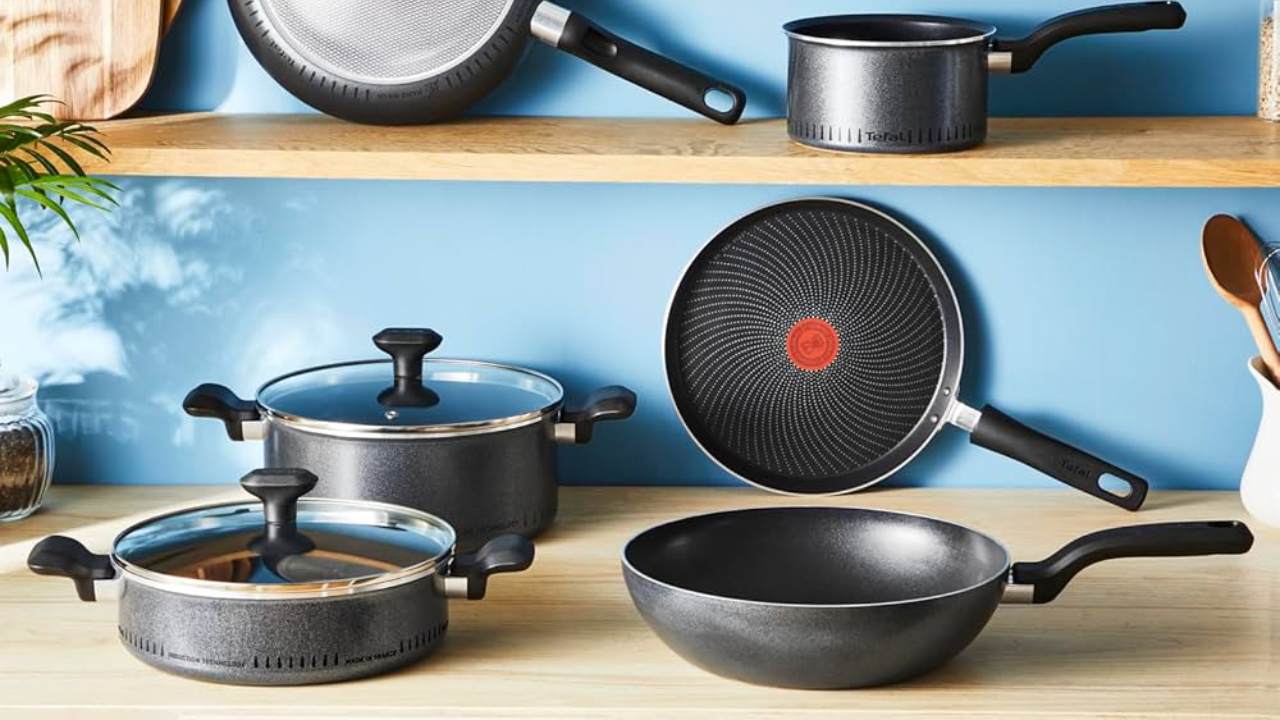
Tefal’s lighter induction pans change colour when they reach the right temperature
Tefal debuts its lightest pan range yet
By Bethan Girdler-Maslen Published
-
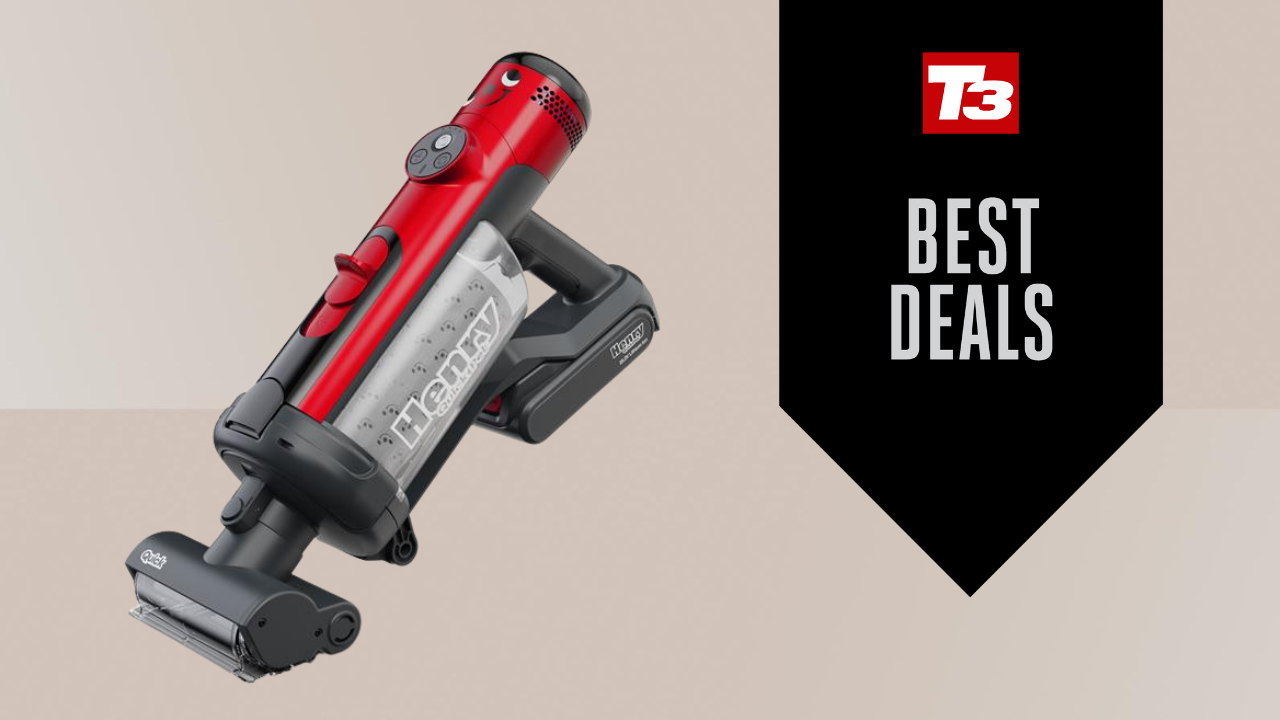
The Henry cordless vacuum cleaner just dropped to its lowest price in months
This is a fantastic deal
By Lizzie Wilmot Published
-
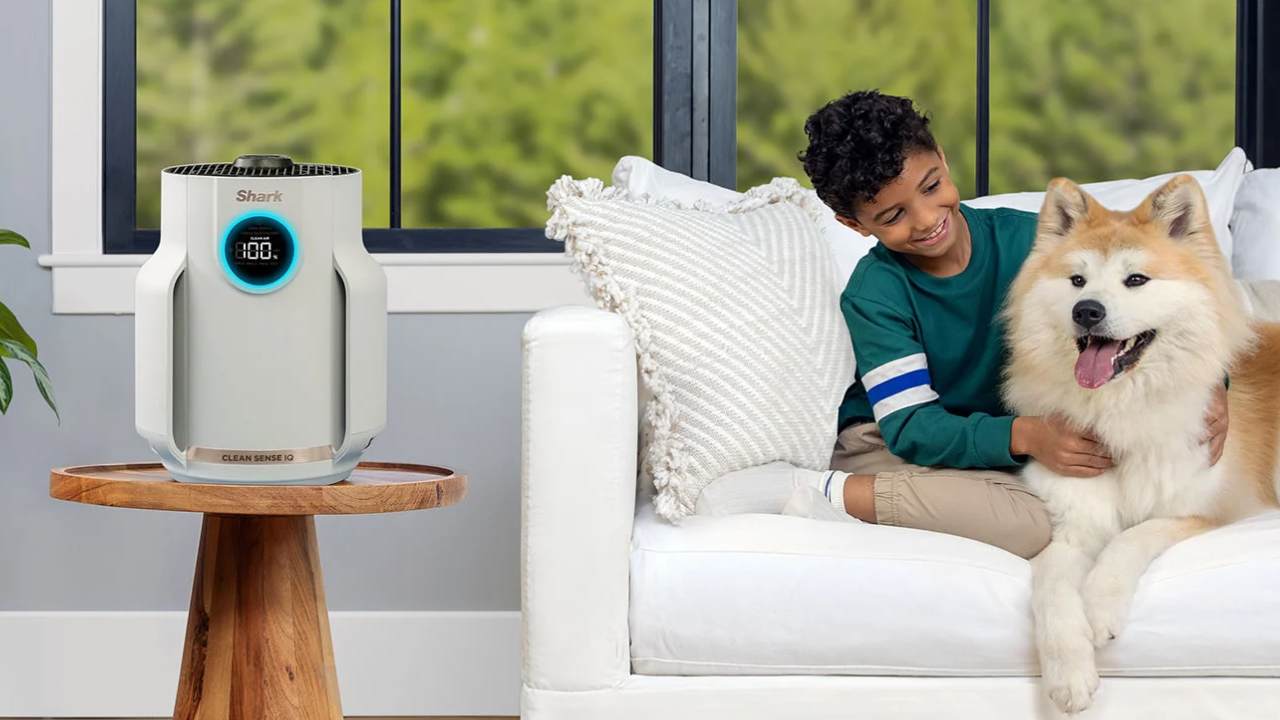
Shark launches its smallest NeverChange Air Purifier yet – but it’s still just as powerful
Shark reinvents its NeverChange Air Purifier in a new compact size
By Bethan Girdler-Maslen Published
-
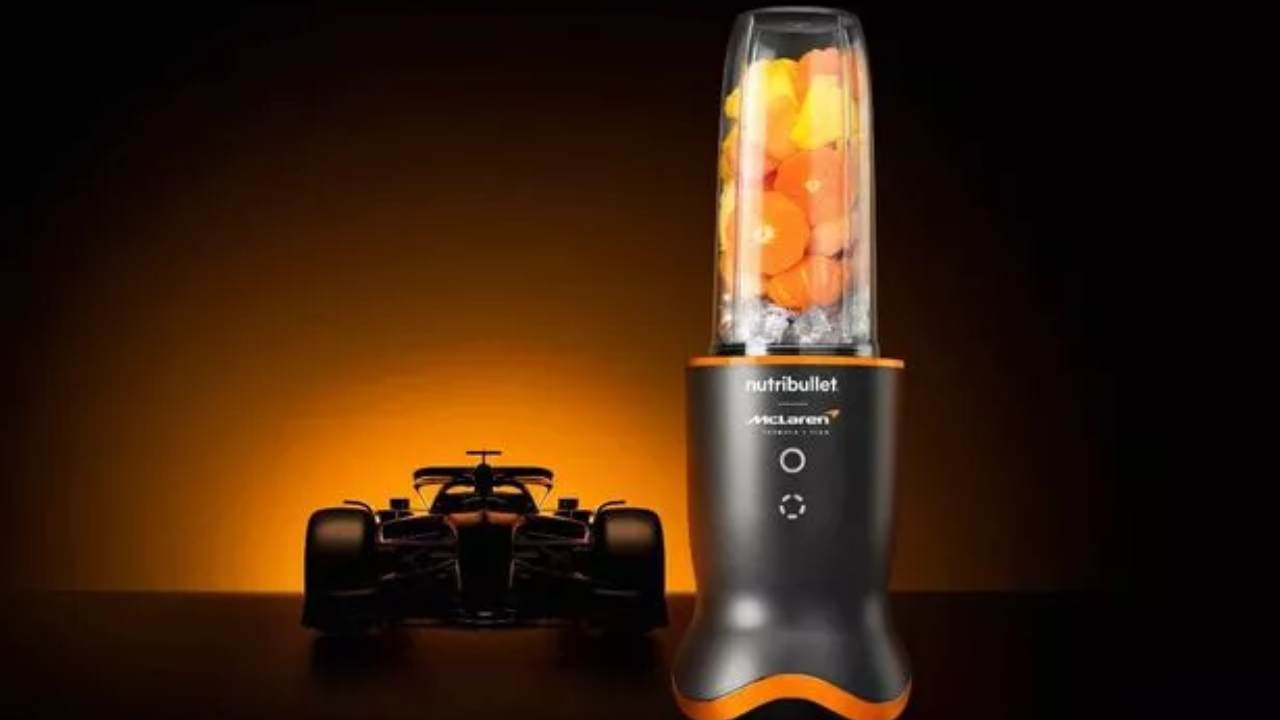
McLaren F1 Team partners with Nutribullet on high-speed blender line-up – more powerful than ever
McLaren debuts another Formula 1 collaboration with Nutribullet (of all people!)
By Bethan Girdler-Maslen Last updated
-
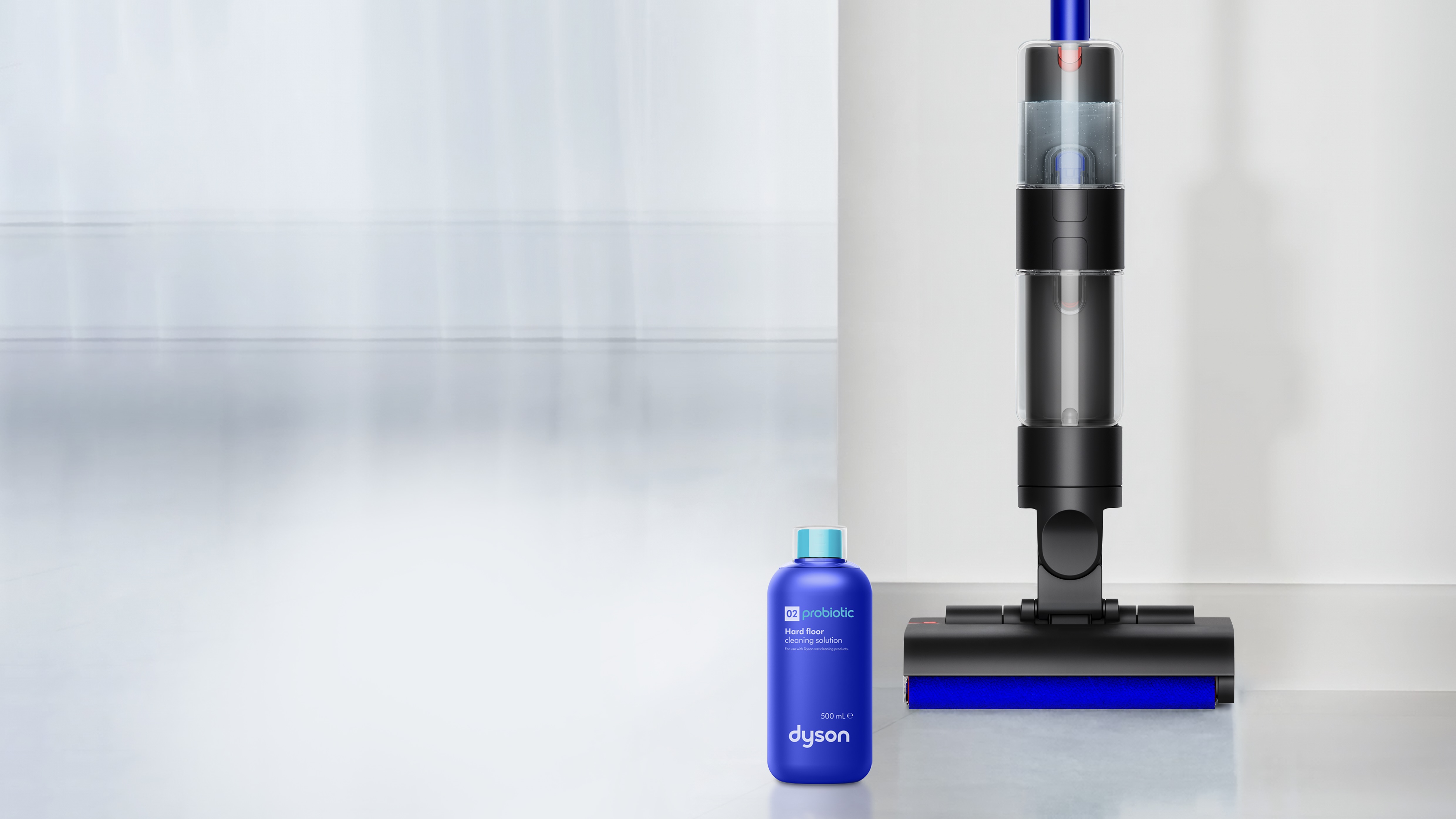
Dyson launches first-ever hard floor cleaning solution for a more hygienic and longer-lasting clean
It's made using over 250 billion live probiotic microorganisms
By Lizzie Wilmot Published
-
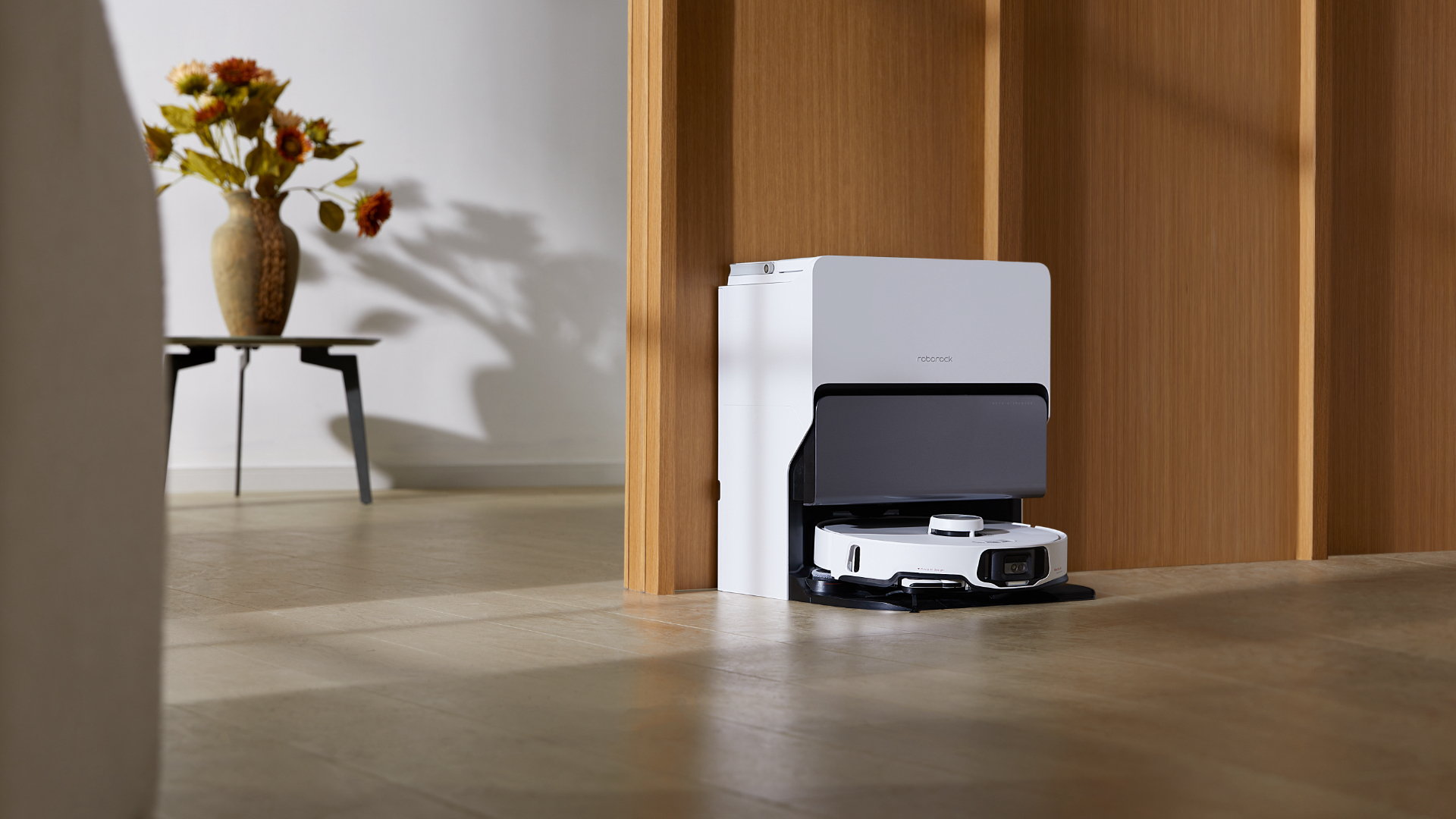
Your robot vacuum is finally compatible with Apple Home – if you have these models
Apple’s latest software means you can now add your robot vacuum to HomeKit
By Bethan Girdler-Maslen Published
-
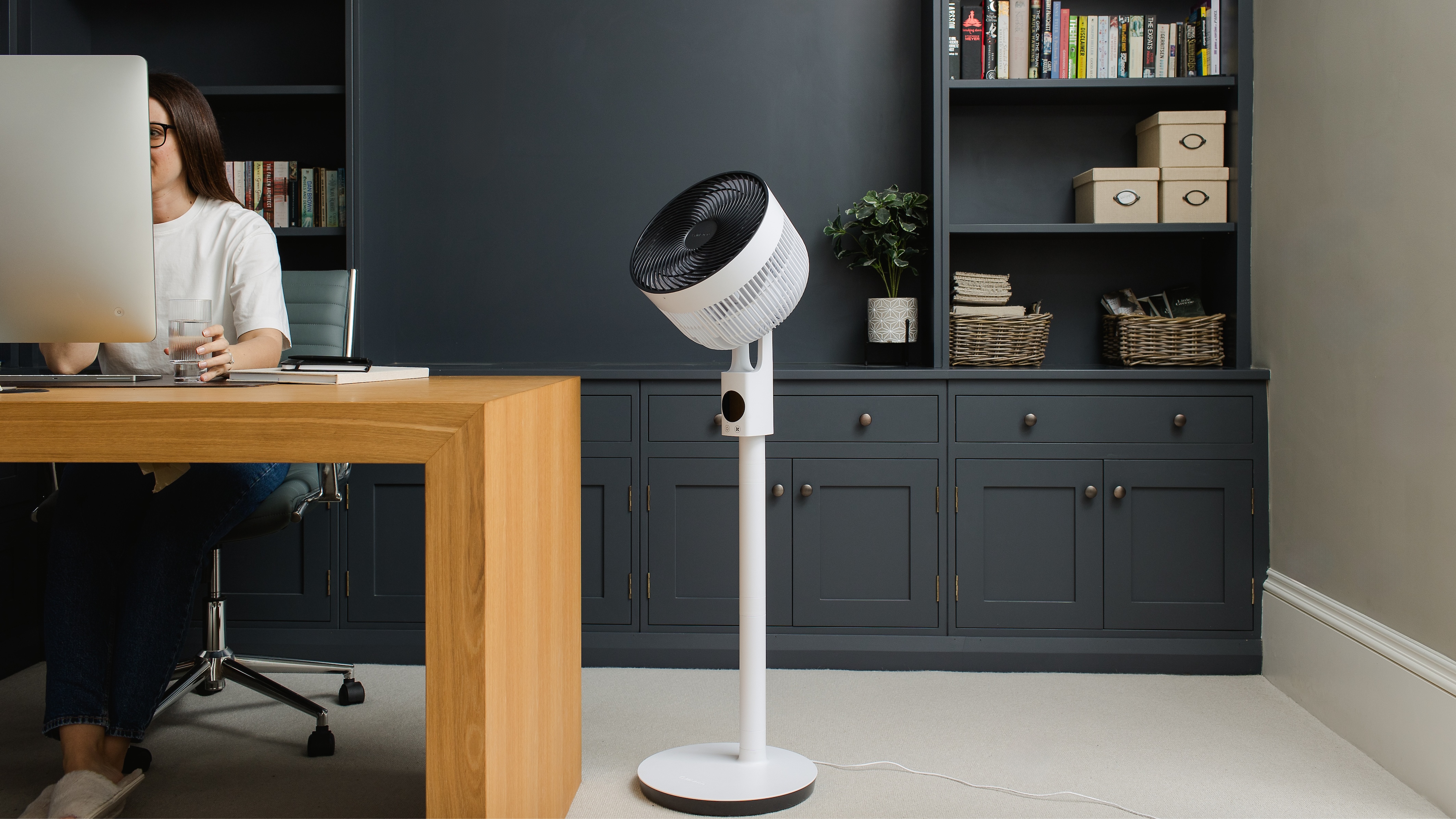
Best fan 2025: cooling gadgets for summertime and all-year-round relief
Find the best fans – desktop, tower, evaporative, you name it – from Dyson, Meaco and many more
By Bethan Girdler-Maslen Last updated
-
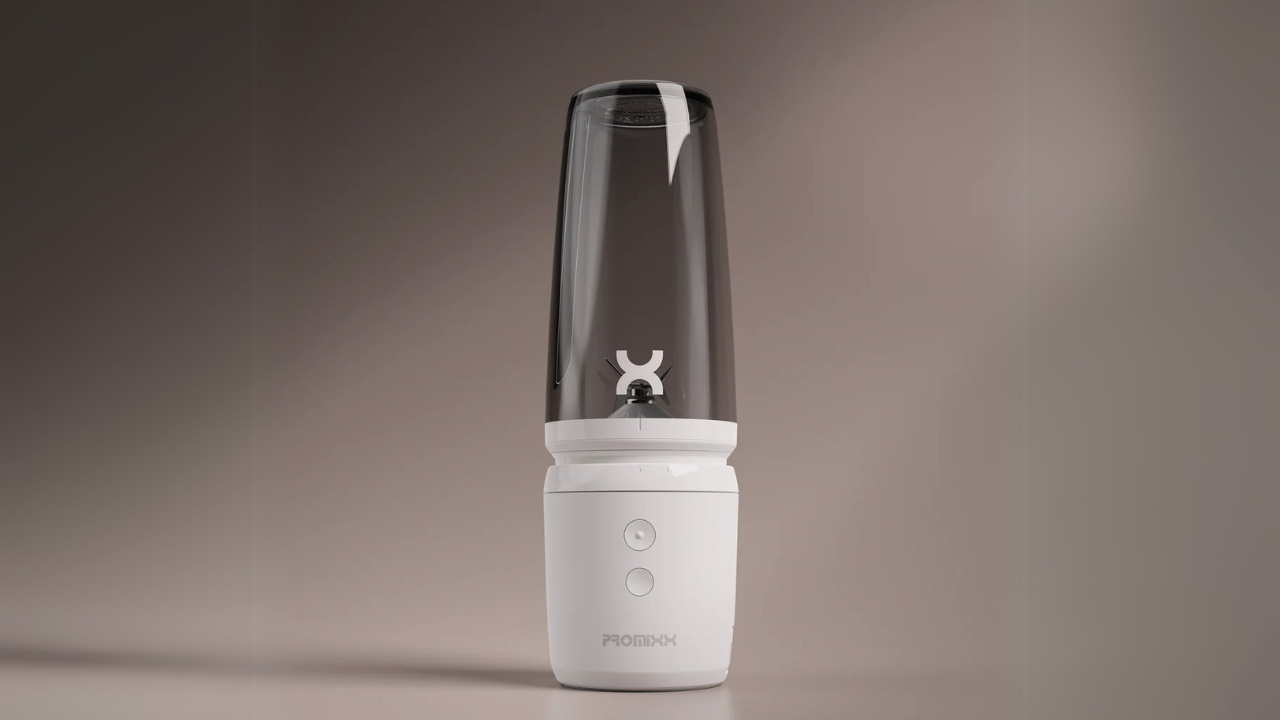
This smart portable blender will adjust its whizzing speed based on your ingredients
Now this is what you call next-level blending
By Lizzie Wilmot Published
-
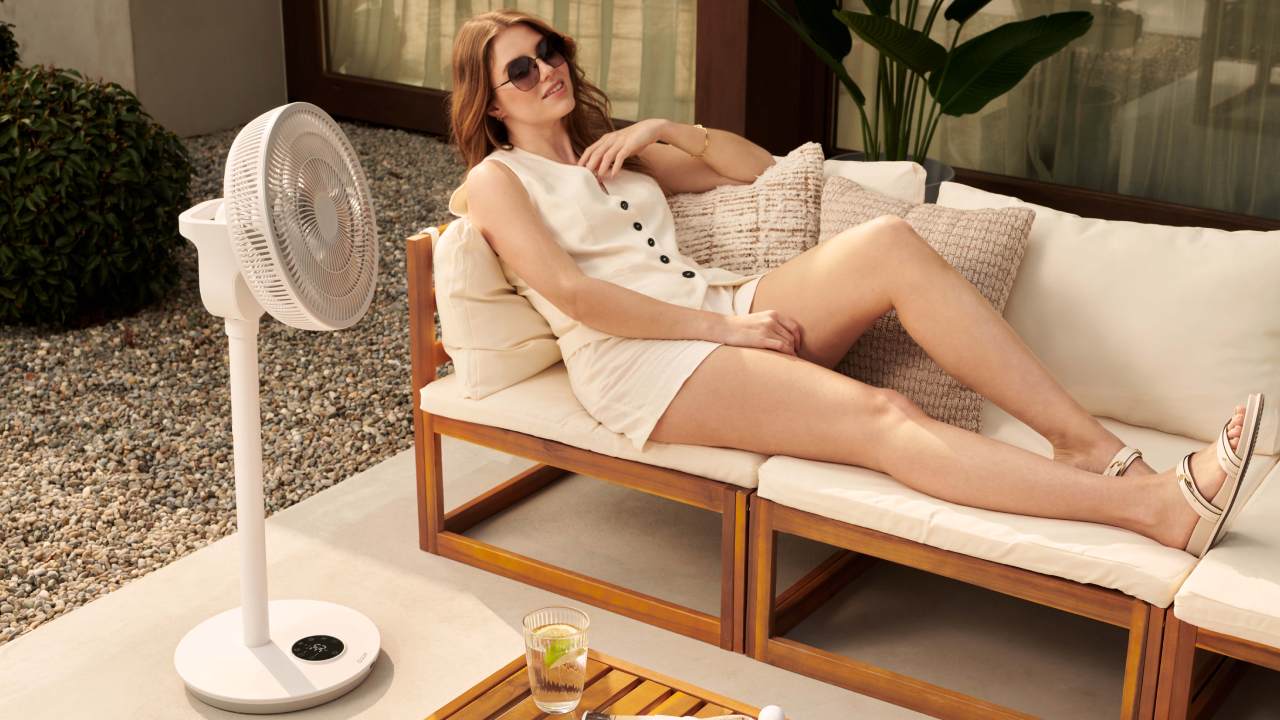
Duux upgrades its bestselling Whisper fan and it’s the quietest – and most stylish – model yet
Duux adds two new fans to its Whisper collection
By Bethan Girdler-Maslen Published
-
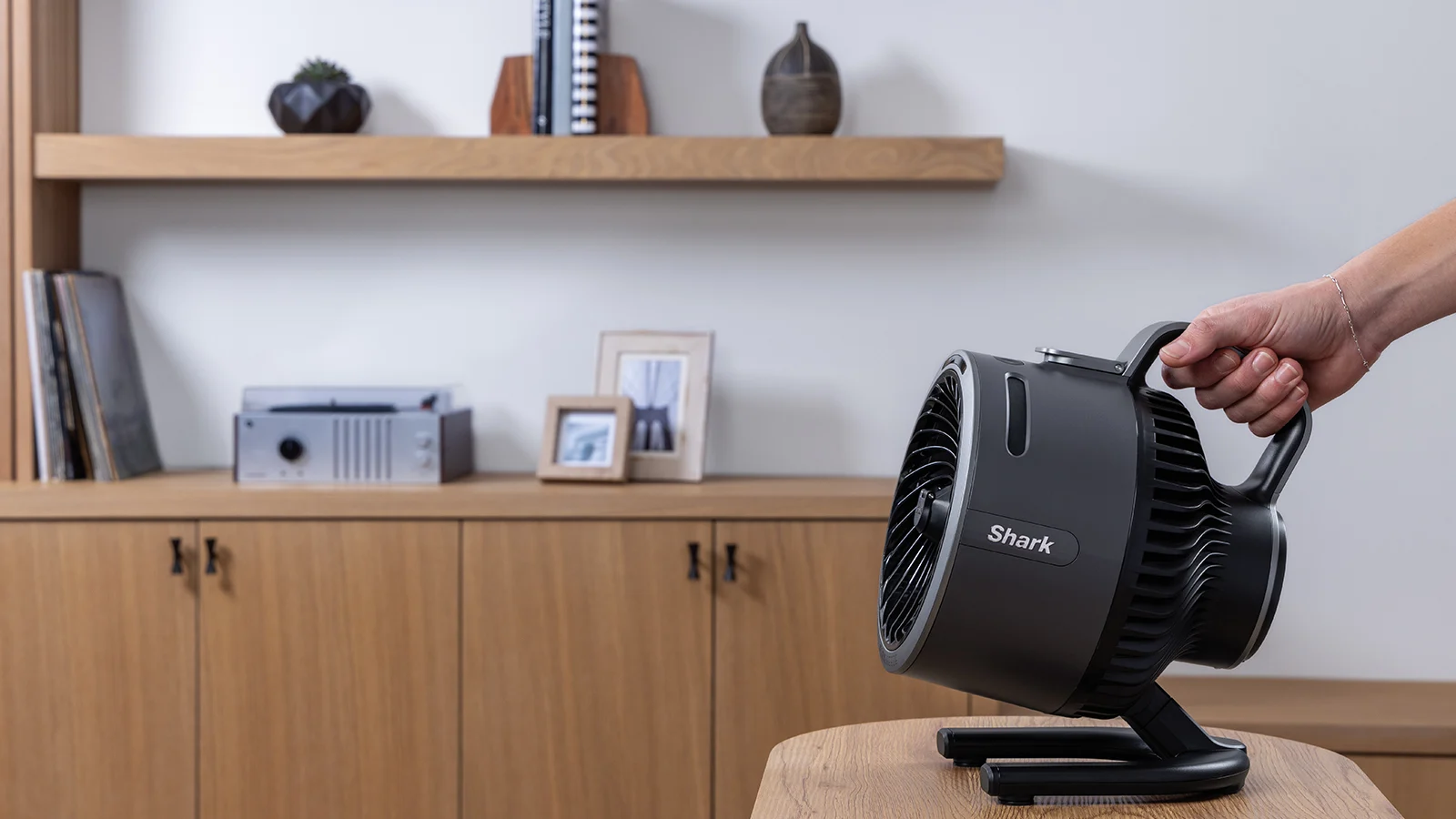
Shark's new portable fan will cover you in a cooling mist for an on-the-go spa experience
It's just over 2kg as well!
By Lizzie Wilmot Last updated
-
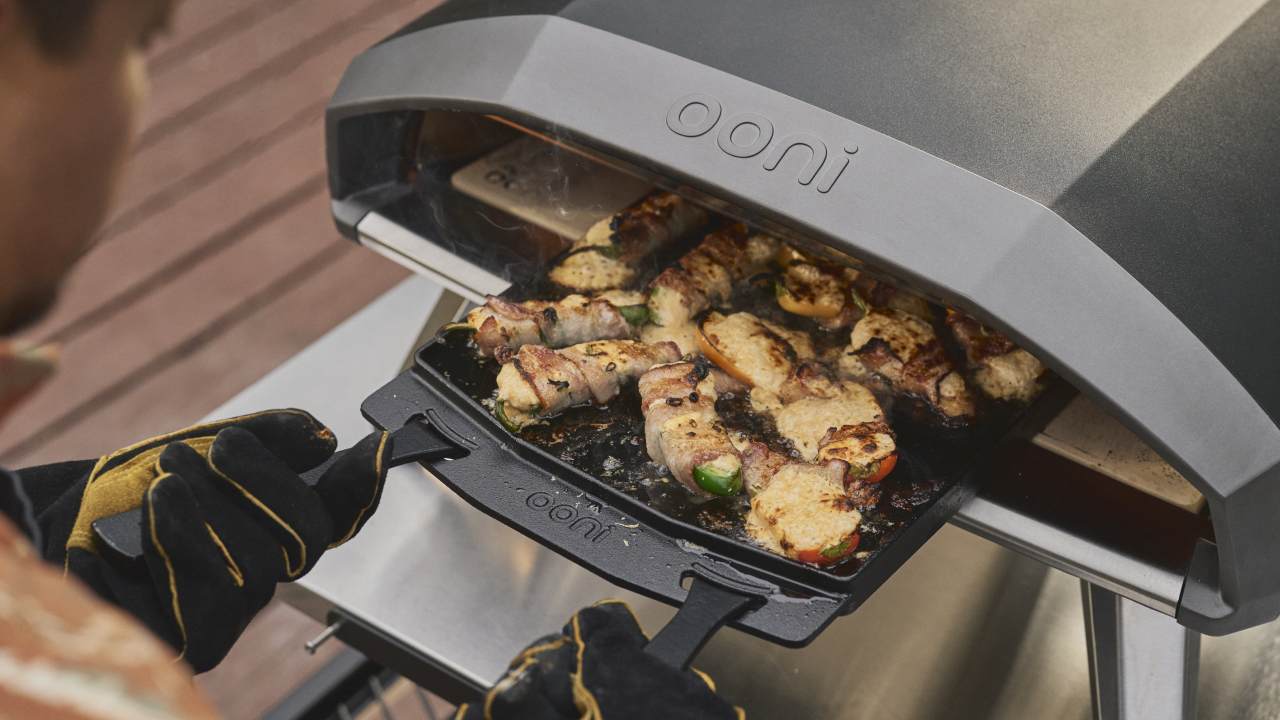
I tried Ooni’s new Koda 2 pizza ovens, and this is the one I think you should buy
Ooni expands its Koda 2 collection with entry and family pizza oven models
By Bethan Girdler-Maslen Published
-
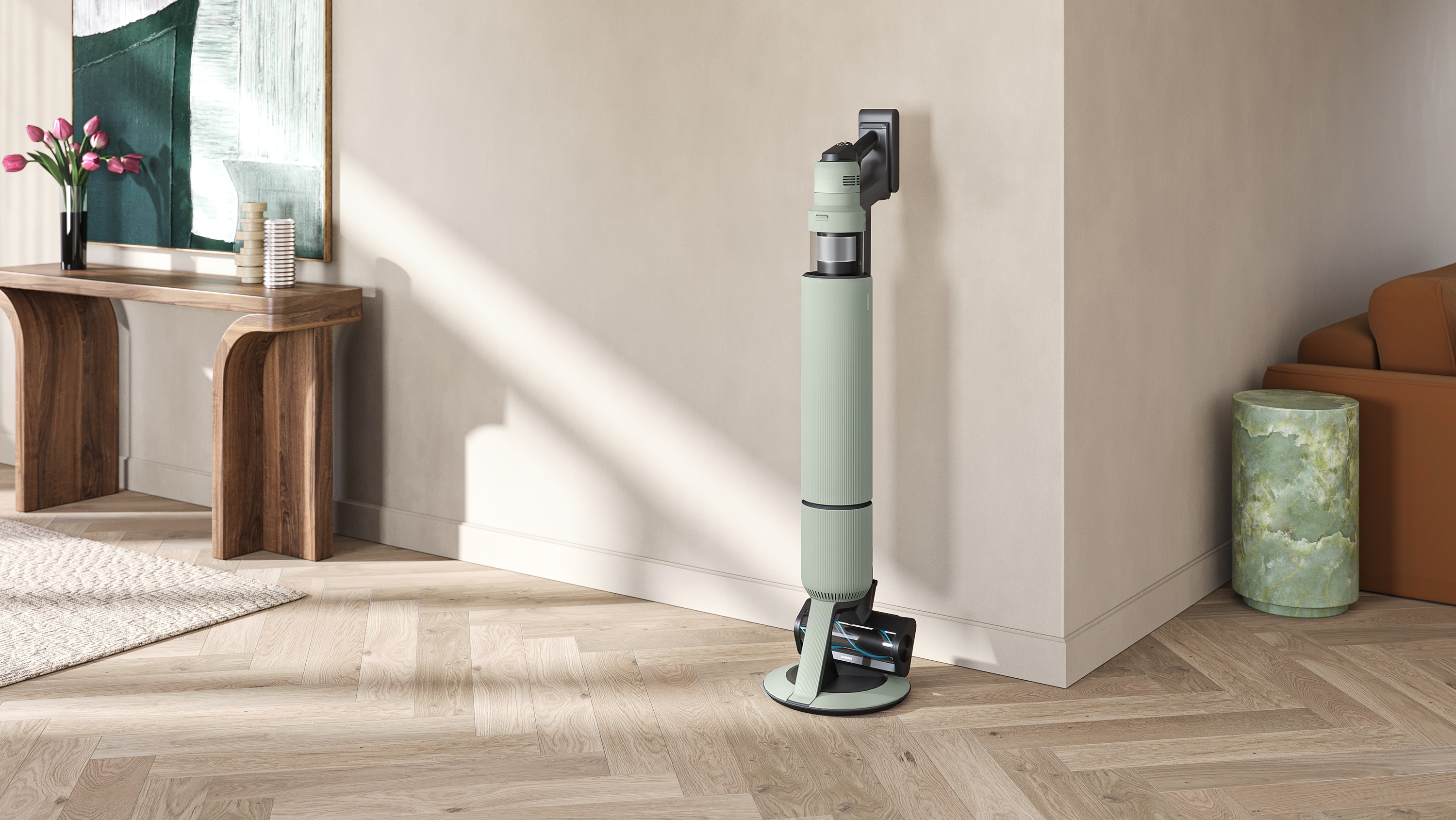
Samsung's new AI-powered cordless vacuum cleaner has arrived – it has the best suction power I've ever seen
Samsung could come out on top with this one
By Lizzie Wilmot Published
-
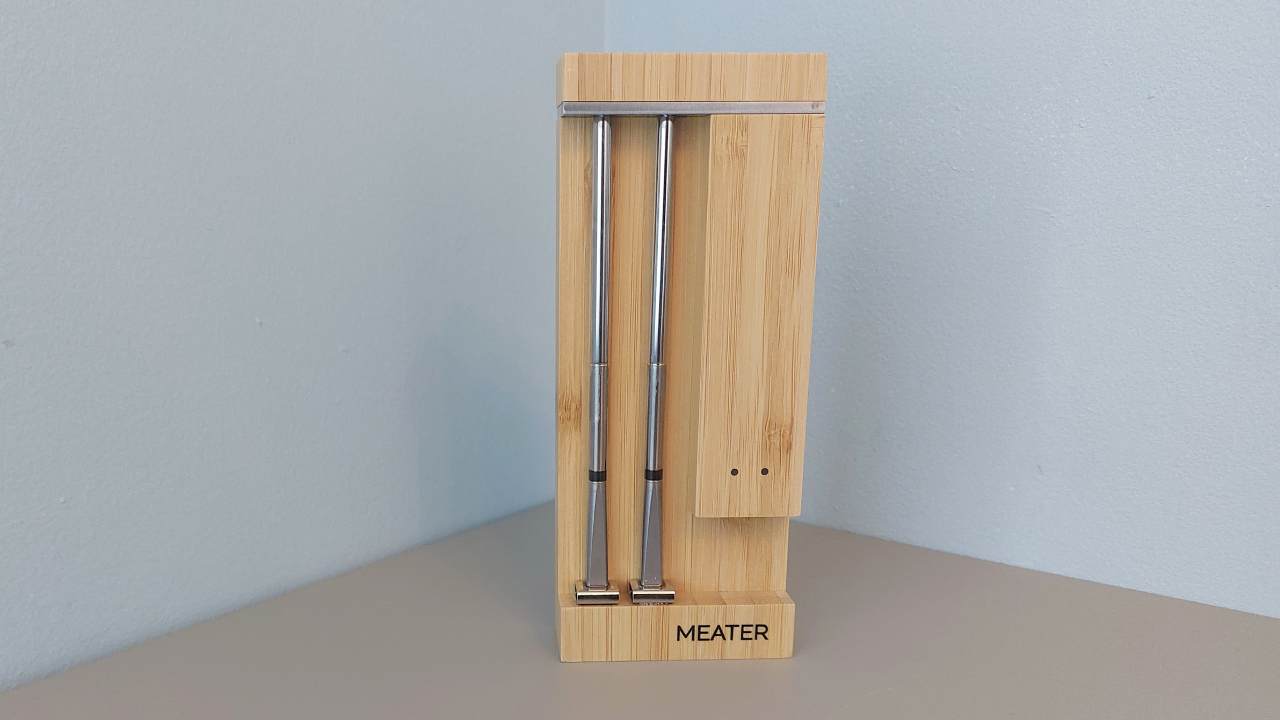
I tested Meater’s Pro Duo meat thermometer, and it turns out that two is better than one
The new Meater Pro Duo is my latest cooking essential
By Bethan Girdler-Maslen Published
-
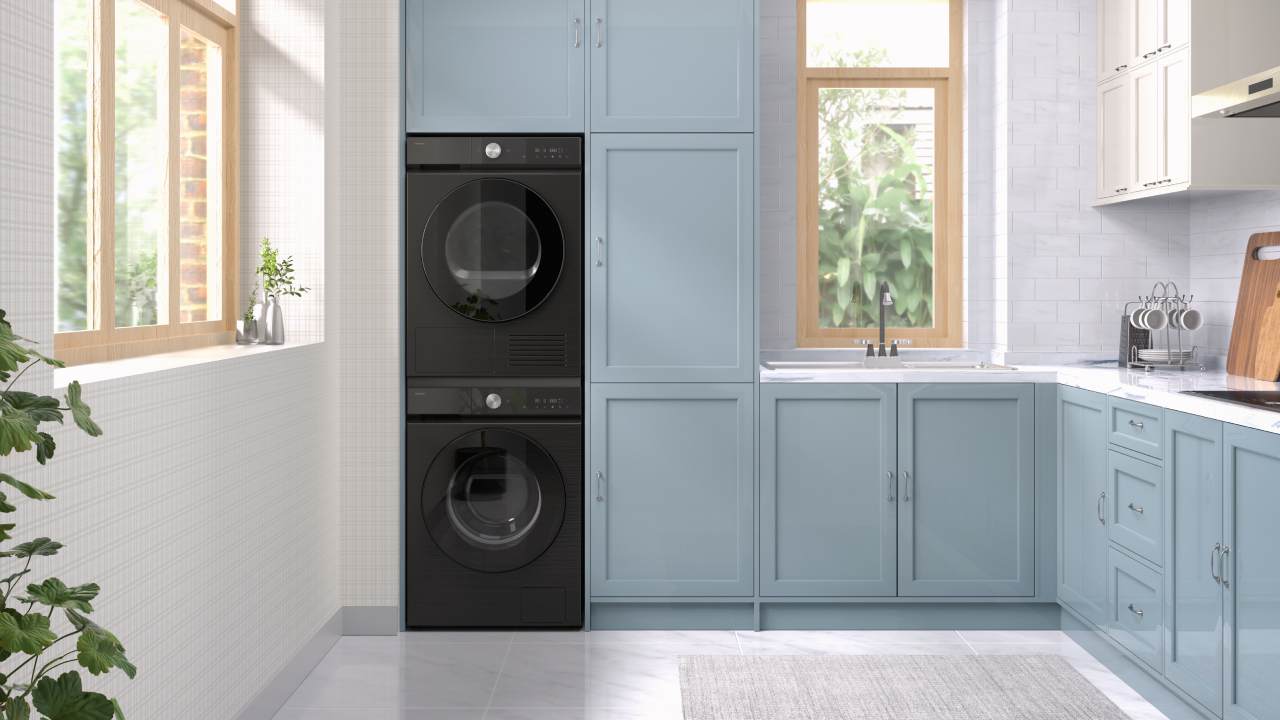
I saw Samsung’s new Bespoke AI appliances, and I’m most excited about its washing machines
Samsung announces new AI laundry line-up
By Bethan Girdler-Maslen Published
-
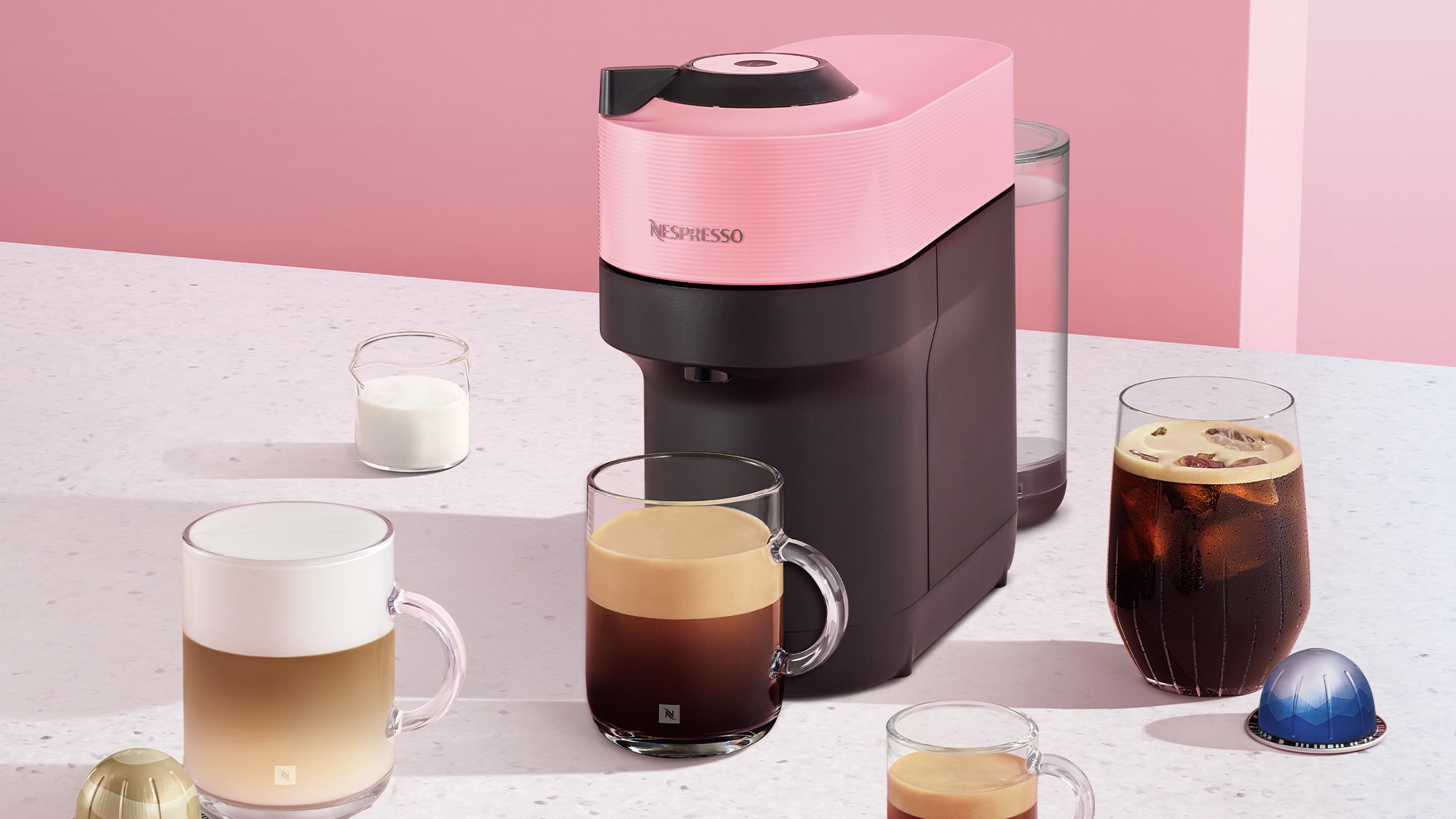
Nespresso adds a pretty pop of pink to its Vertuo line – and it's perfect for spring
Get ready to add a splash of colour to your coffee routine
By Lizzie Wilmot Published
-

Best Dyson vacuum cleaner 2025: cordless, corded, handheld and robot models for all budgets
Find the top picks for the best Dyson vacuums, including any type and budget you can think of
By Lizzie Wilmot Last updated
-
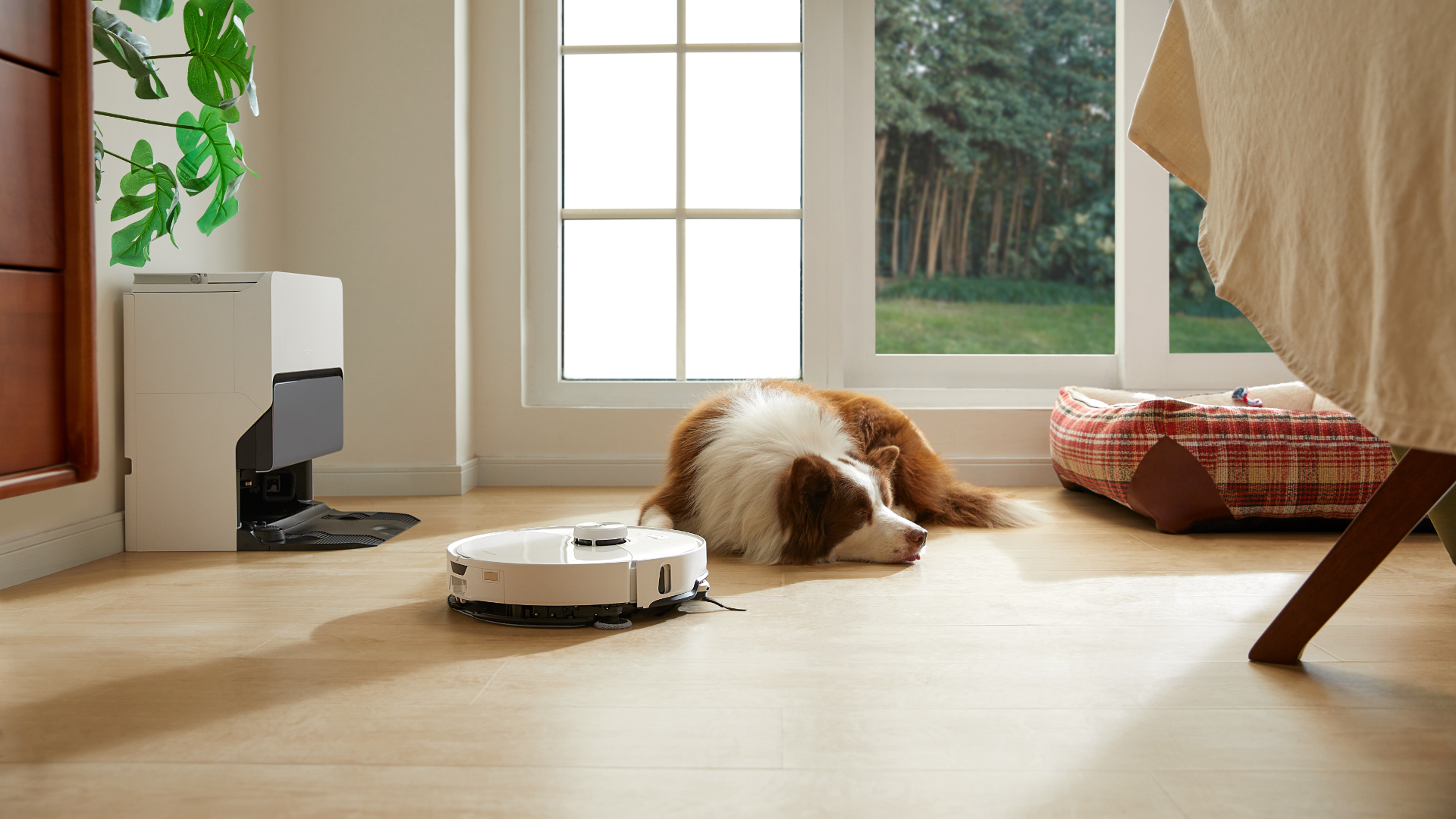
Best robot vacuum cleaner 2025: hands-free cleaning while you're out
Find the best robot vacuum cleaners from top brands including Roborock, iRobot, EZVIZ, Eufy and SwitchBot
By Lizzie Wilmot Last updated
-
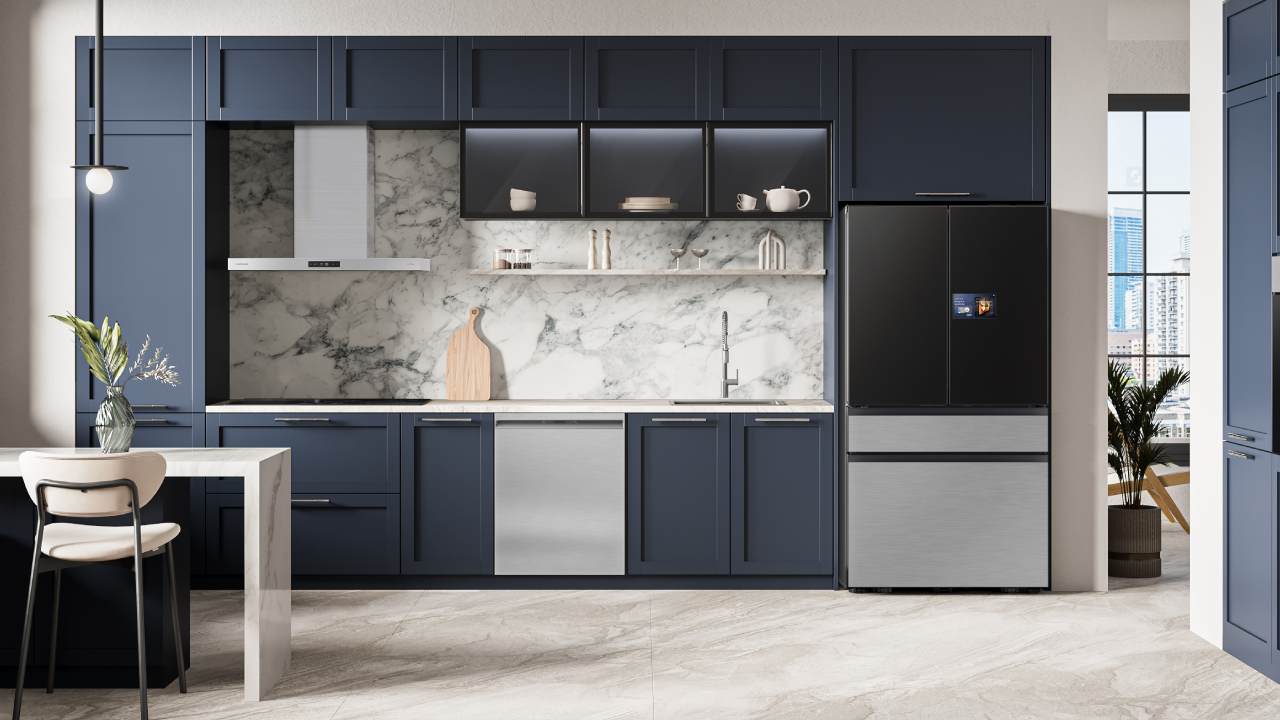
Samsung's new smart fridges are the ultimate kitchen upgrade – I'm completely obsessed
Samsung’s smart fridges have smaller screens but are still as powerful as before
By Bethan Girdler-Maslen Published
-
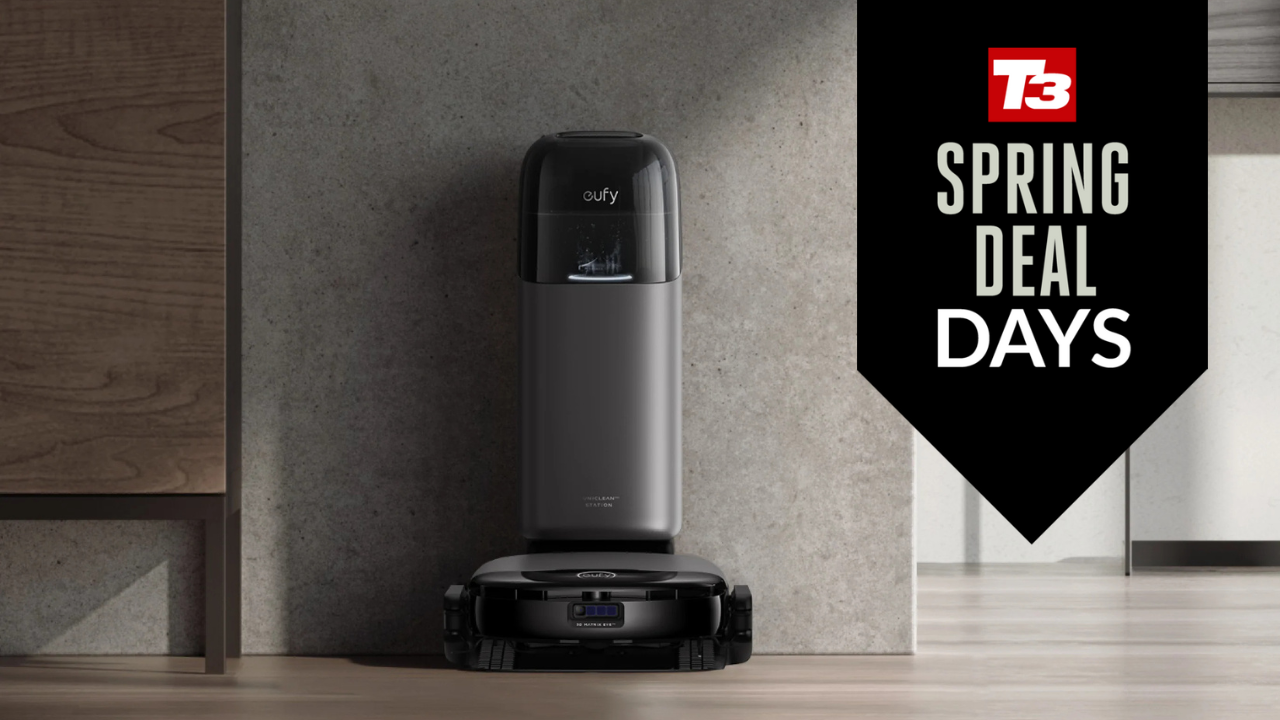
Our favourite premium robot vacuum cleaner just hit its lowest-ever price – but not for long!
Grab it before it's gone
By Lizzie Wilmot Published
-
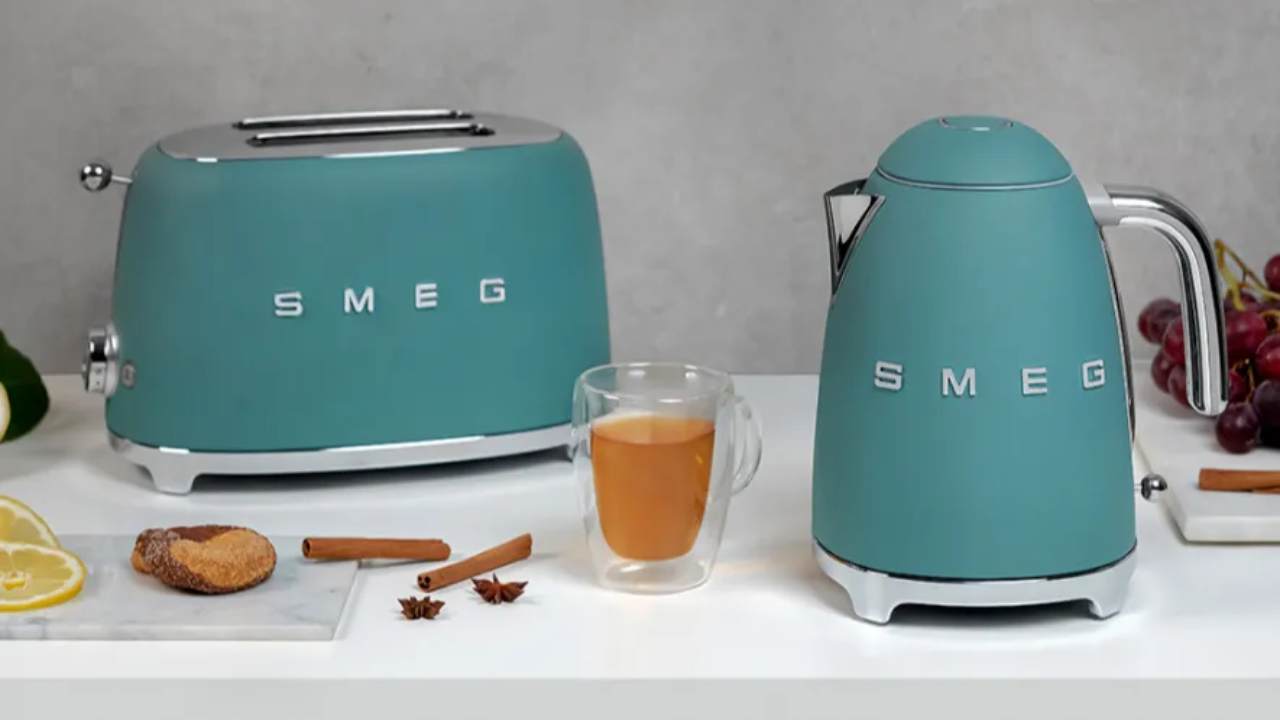
Forget Pantone – Smeg’s Colour of the Year kitchen appliances might be my favourite yet
Smeg reinvents its toaster, kettle and scales with a new jade green colourway
By Bethan Girdler-Maslen Published
-
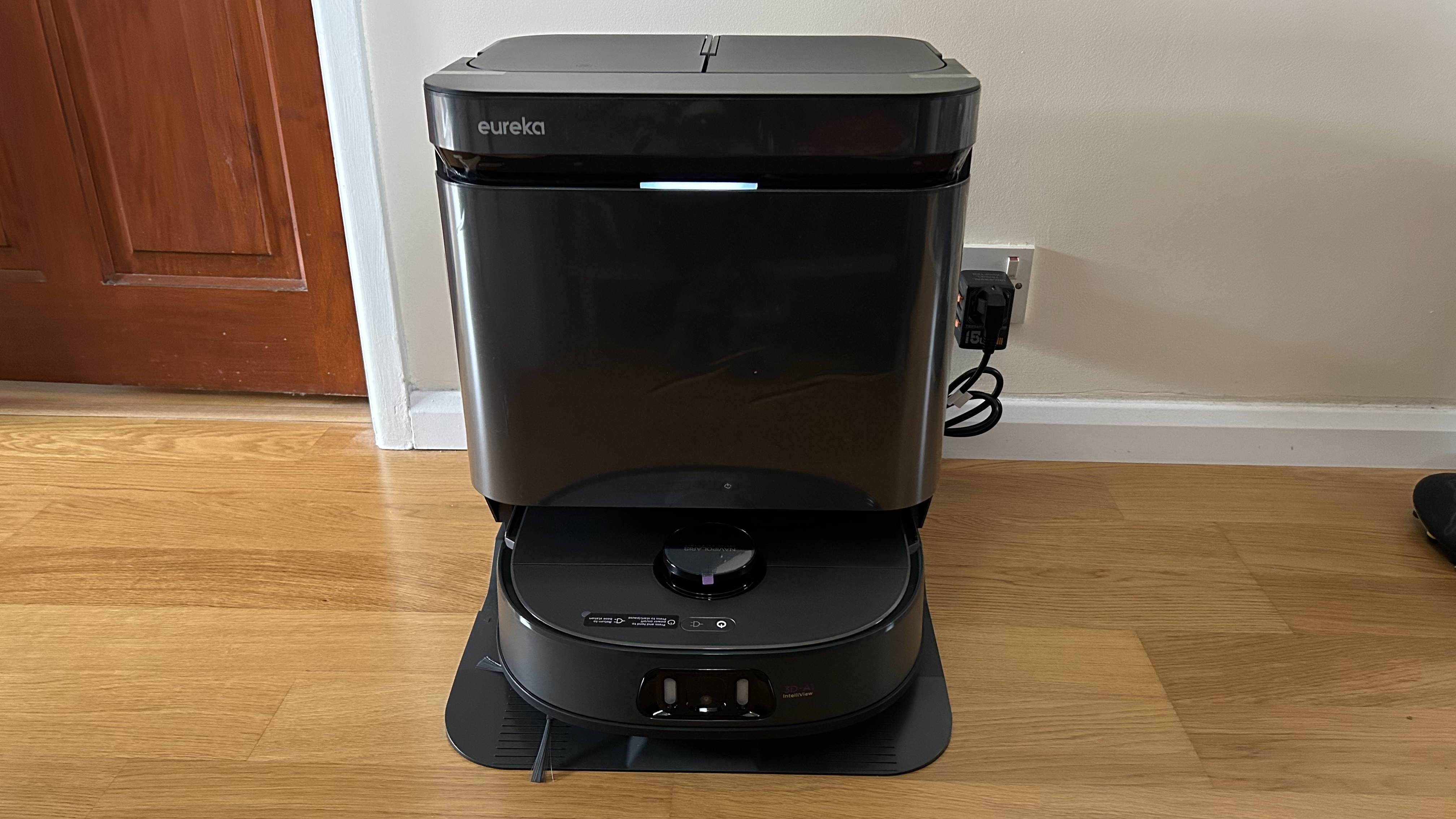
Eureka J15 Pro Ultra review: bulky but loaded with features and functions
This heavy-duty robot vacuum works wet and dry but needs plenty of space for the sizable base station
By Rob Clymo Published
-
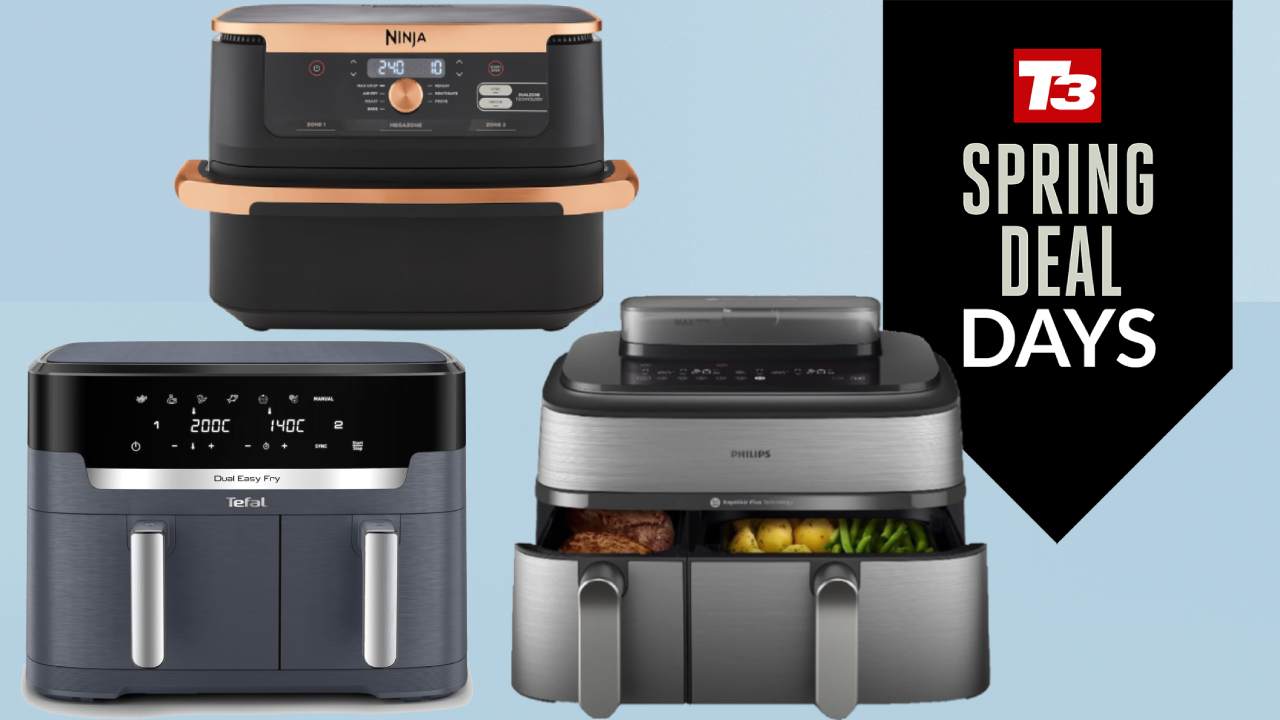
Ninja, Tower, Tefal and more – 7 dual air fryer deals from Amazon’s Spring Deal Days
Get up to 50% off air fryers from Ninja, Tower, Tefal and more at Amazon
By Bethan Girdler-Maslen Published
